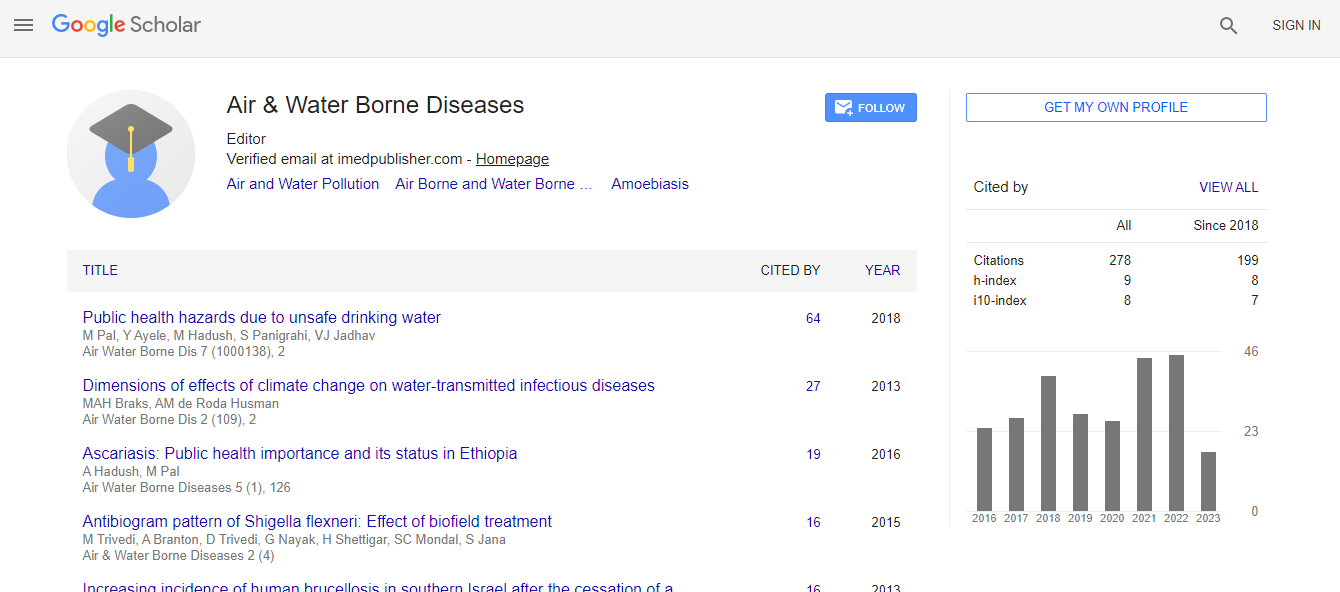Review Article
Fight Malaria at Home: Ghare Maro Malaria Social Service to Drug Discovery âÃâ¬Ãâ Bottom Up Model: A Review
Deepak Bhattacharya*Sri Radha Krishna, Fight Malaria at Home, Kedar Gouri, Bhubaneswar, India
- *Corresponding Author:
- Deepak Bhattacharya
Sri Radha Krishna
Fight Malaria at Home, Kedar Gouri
Bhubaneswar 751002, India
Tel: 8895997259, 0674- 2430407
E-mail: oddisilab1@dataone.in
Received date: April 10, 2017; Accepted date: April 14, 2017; Published date: April 20, 2017
Citation: Bhattacharya D (2017) Fight Malaria at Home: Ghare Maro Malaria Social Service to Drug Discovery – Bottom Up Model: A Review. Air Water Borne Dis 6:135. doi: 10.4172/2167-7719.1000135
Copyright: © 2017 Bhattacharya D. This is an open-access article distributed under the terms of the Creative Commons Attribution License, which permits unrestricted use, distribution, and reproduction in any medium, provided the original author and source are credited.
Abstract
Alike elsewhere, India too has a few mini anti-malaria operations, one of which is called ‘Fight Malaria at Home’ (FMH) alias Ghare Maro Malaria GMH (vernacular). It uses an herbal cap., ‘OMARIA’-Orissa Malaria Research Indigenous Attempt’. Little is known about FMH-GMH or OMARIA, within India. Used in the Koraput plateau (core drug resistant hub of India) as an homemade- handmade panacea. It’s been in continuous use since 1998. Led to the finding that (i) India has a unique spp. of Punica Grantum (Ayurvedic Dalimba) not used medicinally elsewhere (ii) its dermis has elligitanins, ellagic acid with K+ nomer (iii) cures resistant malaria (iv) kills; clears parasites and gametocytes of all stages (v) safe (vi) resistance not indicated (vii) paradigm shift. The OMARIA story is about the social service and the humanitarian technology as outcome result and large scale sustained social service in the remote of the nature’s lap and joy thereof. Attainments and travails remain untold.

 Spanish
Spanish  Chinese
Chinese  Russian
Russian  German
German  French
French  Japanese
Japanese  Portuguese
Portuguese  Hindi
Hindi 